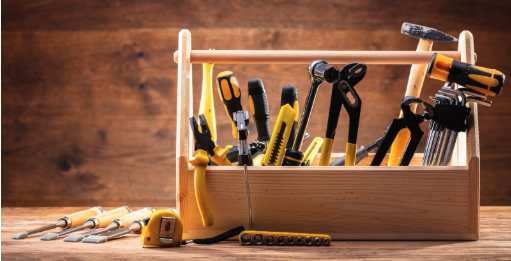| This article is part 2 of a 2-part series on Creep. |
| Part 1 | Part 2 |
Editor’s Note: This is the second of a two-part column on “Creep”. The first part, published in the May/June 2019 issue, presented an engineering overview of the phenomena and, essentially, answered the question: “What is Creep?”. In this second part, Greg will discuss the approach to creep assessment in plant equipment.
In my last FFS article, “Creep in Heater Tubes and Other Components – Part I: Understanding Creep”, I discussed the basics of creep, such as:
- What is creep?
- How do different materials respond to creep?
- What is the effect of primary and secondary stresses?
- What is the impact of corrosion on creep?
In this article, I’d like to address the practical application of available engineering tools to obtain reliable creep life predictions.
Tools in the Toolbox
When predicting creep life, there are three tools at your disposal:
- Calculation,
- Inspection, and
- Material Testing
You can use these to establish a best estimate of remaining creep life.

Calculation
The two most common methods for calculating the remaining creep life of a component are the Larsen-Miller method and the Omega method. The Larsen-Miller method has been around for decades and is the method used in API 530, Calculation of Heater-Tube Thickness in Petroleum Refineries (API 530). The Omega method is more recent, first appearing in the 2007 edition of API 579-1/ASME FFS-1, Fitness-For-Service (API 579).
In both methods, the inputs are material-specific constants, stress, and temperature. The result is time-to-failure or end of design life.
Usually, the material properties are handbook properties typical of a given material in the new condition. Operating records provide the stress and temperature to be used in the calculation.
Damage
Creep calculations provide a creep life under a given set of stress and temperature conditions. If operation has been steady and uniform, calculation of remaining life is easy. For example, for:

















Comments and Discussion
Add a Comment
Please log in or register to participate in comments and discussions.